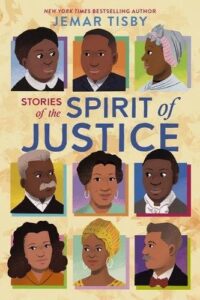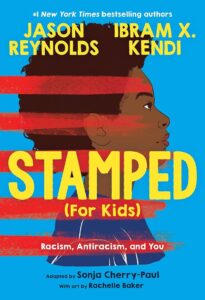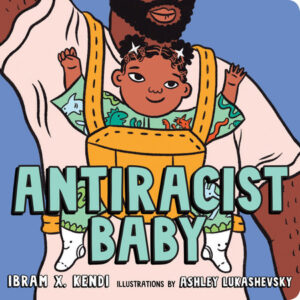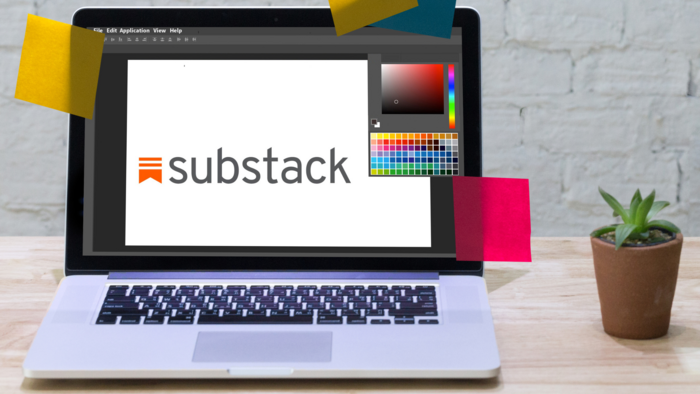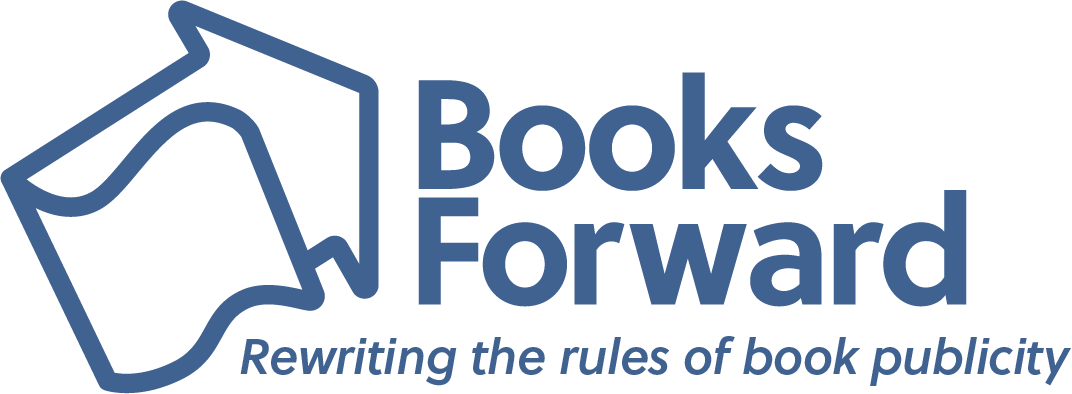May is Asian American and Pacific Islander Heritage Month in the U.S.,, and to celebrate, we reached out to some of our favorite AAPI influencers and some Canadian API influencers, as Canada celebrates Asian Heritage Month in May. Buckle up for some truly incredible recommendations from some awesome influencers.
Esther, she/her, @estherfungreads on TikTok and Instagram
Hi, everyone! I’m a book content creator who was born in Taiwan and immigrated to the US in elementary school. I am passionate about promoting books by authors of color, both on my bookstagram account and through my job as the Director of Marketing for PangoBooks, a marketplace where readers can buy and sell books to each other. Growing up, I struggled a lot with the lack of authentic representation in the world around me, which limited what I thought was possible for someone like me. I love how AAPI Heritage Month is dedicated to combating the erasure of communities like mine.
If you love experimental books that push what storytelling looks like, please read Where Reasons End by Yiyun Li. This literary fiction novel imagines a conversation between a mother and her teenage son, who has recently committed suicide. In their conversations about time, language, grief, and love, the mother seeks to understand her son’s actions.
Maura, she/her, @thenovelmaura
Hi all, my name is Maura, and I’m a biracial (half-Korean, half-white) adoptee based outside of Philadelphia. I’ve been a Bookstagrammer since 2016, and I’ve been able to meet many incredible bookish friends throughout the years and during my time spent in Boston, Los Angeles, and now Philly. My relationship to AAPI Heritage Month has grown alongside my awareness of my unique connection to the Asian American community. As a transracial adoptee, it can be hard to embrace this celebration of culture and heritage when you may have grown up feeling very distant from both those things. Through the people I’ve met in person and online, and the stories that I’ve read and loved, I’ve found that many people across the Asian diaspora have complex relationships with our heritage, and that AAPI Month is an opportunity to examine, reflect on, and celebrate those complexities together.
The Teller of Small Fortunes by Julie Leong is my top read of the year (so far!) and an apt choice for this heritage month. In this heartwarming cozy fantasy, a fortune teller named Tao gets more than she bargained for when unexpected companions join her on a quest to find a missing girl. While the book takes place in a fantastical realm, Tao is East Asian-coded and immigrated to a Western European-coded country at a young age, so part of her personal journey reflects her struggles to embrace the home where she has always been treated as an outsider.
Rupali, she/her, @readwithrups
Hi y’all, I’m Rupali & I have been obsessed with books since I was a little girl. I’ve started my reading journey by obsessing over characters that didn’t look like me at all. But as I’ve gotten older, I started to diversify my books and try to find stories that represent my identity as an immigrant daughter & indian woman. I created a bookstagram to show my reading journey & share the diverse recommendations!
An Ember in the Ashes by Sabaa Tahir is an addictive & powerful YA Fantasy! It follows Laia & Elias, who try to overthrow the oppressive regime of the Empire, with a small romance subplot. I simply could not put it down!
Kat, she/her, @booknerdkat
My name is Kat. I’m a “1.5” generation immigrant from the Philippines, and I moved to the U.S. when I was 12 years old. I’ve been an avid reader all my life, but when I was younger, it was hard to find books by AAPI authors. When I started my bookstagram account, I knew I wanted to highlight books by AAPI and BIPOC authors as much as possible. I also wanted to be in community with other AAPI bookstagrammers. I started the #APIBookstagramTour in 2021, which both creators and authors have joined. This year, it has evolved to the #ANHPIBookstaTour and starts on May 1.
I love literary fiction and contemporary fiction, but read and enjoy all genres. When I’m not reading, I’m working on my novel, going to book events, traveling, and spending time with family, friends, and my blind dog.
For AAPI History Month, I recommend The Body Papers, an exceptional memoir by Grace Talusan written in a vignette-style that explores the author’s identity as a Filipino American, her relationship with her body, the trauma she faced as a child, and the illnesses that have wrecked her body as an adult. Through it all, Talusan’s resilience shines through. Her writing is deeply moving, honest, and beautifully written. 100% recommend!
Diana, she/her, @owlslittlelibrary
My feelings about heritage months are complicated, but one thing is simple! I love sharing my love for all things Korean—especially food and books. AAPI Month brings up a lot of mixed emotions for me. Sometimes it feels like so many different Asian voices are squeezed under one broad label, and many times, many, many Asian communities and voices are overlooked. Still, here in (white America), May has become a month where more people seem willing to listen, learn, and celebrate. Even as I wrestle with these complicated feelings, I’m deeply grateful for the incredible community that continues to grow and connect because of this month. My hope is that people will learn to celebrate and cherish these heritages months beyond the designated month.
I’ll Love You Forever K-Pop: Notes from a K-pop Fan by Giaae Kwon: Part memoir, part history, and full of emotion and vulnerability. Kwon shares her story of growing up as part of the Korean diaspora and how K-pop helped shape her life and keep her connected to her Koreanness.
I’ll Leave It Up To You by JinWoo Chung: Messy and complicated family relationships, second chances, and lots of sushi. There’s so much to love about this book!
Michelle, she/her, @bibliomich
Hi all! I’m Michelle (Mich), and I’m a Middle School Language Arts teacher in Northern California. I initially joined Bookstagram as a hobby, just a fun way to share and discover books. But this little hobby quickly led me to find a whole community of readers and writers who have helped me truly understand the nuances and complexities of my identity as an Asian-American woman. I’m especially grateful for all the books I’ve found that feature characters like me, with one Asian parent and one white parent, who grew up not quite knowing where (or if) they belonged. In my free time, you can probably find me listening to an audiobook and/or running after my two toddlers!
I highly recommend the book Made in Asian America by Erika Lee and Christina Soontornvat. It’s the middle grade adaptation of Erika Lee’s nonfiction novel The Making of Asian America: A History. This book is a must-read for teachers and students, as well as anyone who is interested in learning more about the long and fraught history of Asians in the United States.
Kaitee, she/her, @kaiteeyaeko.writes
I rediscovered my love of reading somewhere in the mid-2010s. I had loved fantasy books as a kid, but college had me hooked on capital-L literature. But now, if there are no dragons, I’m probably not interested. In 2020, I discovered books like Forest of Souls by Lori M. Lee and Spin the Dawn by Elizabeth Lim — gorgeous, epic fantasies set in Asian-inspired worlds starring characters that looked like me. I had never seen myself clearly reflected as a hero in a book until then.
If Bat Eater and Other Names for Cora Zheng isn’t on your TBR yet, it deserves to be. This is Kylie Lee Baker’s adult horror debut (but go and read her two YA duologies, please!!!), and it is one of my favorite books of the year. Set in 2020 in NYC, this is a story that asks you to face hungry Chinese ghosts, serial killers targeting the Asian community, the COVID-19 pandemic, and anti-Asian racism. By the end, you’ll be grappling with which of these three things is actually the most horrific. (And it is seriously a page-turner. I lost hours of sleep because I needed to finish.)
Helen, she/her, @readwithneleh
I am a Korean book reviewer and creator who reads widely and diversely, but has a passion for Korean literature and also books by Korean diaspora writers. Besides reading, I also love food—fun fact: I used to be a food blogger in my youth! I love talking about both all the time.
I would recommend Same Bed Different Dreams by Ed Park. This is a challenging book in terms of the length and the structure, but the payoff is absolutely worth it. I was blown away by the level of detail and connections the author included, a lot he pulled directly from real historical events in Korea. I loved it.
Tiffany, she/her, @quilltreefox
Hi, I’m Tiffany! I’m a Taiwanese American reader who can typically be found rambling about her latest literary obsessions. I love reading books of diverse perspectives (especially fantasy or romance!), and you’ll also find me reading at least one webcomic or webtoon in my free time. Books offer a source of comfort and excitement for me to not only explore new worlds and challenge expectations, but also find familiarity and understanding from authors of similar background who voice my culture and background in unique narratives. When I’m not reading, I’m usually searching for trinkets and blind boxes or browsing stationery stores and cafes.
If you’re looking for a heartwarming read, I recommend Ex Marks the Spot by Gloria Chao! Not only is the story set as a treasure hunt through Taiwan, but there’s also an adorable rivals-to-lovers romance in the midst of puzzle-solving and uncovering family secrets. This book feels like a love letter to Taiwan, particularly with all the references to the sights and food that left me wanting to return immediately, but also focuses on themes of acceptance in your identity and goals despite cultural and familial expectations.
Lili, she/her, @utopiastateofmind on TikTok, @utopia.state.of.mind on Instagram
Growing up as a Chinese-American adoptee, it was only later in life where I really discovered the joys of reading diversely. With the celebration of AAPI Heritage Month, I love being able to recommend books I’ve discovered, and loved, in my journey to honor the teen and reader I was – and maybe am? – growing up. They’ve made me recognize the feelings in my own life for which, until then, I had not learned the words.
A book I would love to recommend is I Am Not Jessica Chen by Ann Liang which is a tender, raw, and emotional story about expectation, success, and sacrifice. For teens today, this is absolutely a must read because we, and parents, even society, can place so much pressure on them, on perfect grades, the next milestone, and the upcoming award. But what if the lives, and the people living them, aren’t as shiny and perfect as they seem?
Paulina, she/her, @acapricornreads
I’m Paulina, Vietnamese-American and known on bookinsta as acapricornreads. I was raised on the scholastic book fair and Saturdays at my local library. Reading helped me strengthen my English acquisition. Now, I love promoting diverse stories on my page, especially those that shed light on the Asian American experience.
My go to recommendation is The Mountains Sing by Nguyễn Phan Quế Mai. It’s a beautifully written multi-generational, historical fiction novel about Vietnam with a focus on what the women in Vietnam endure/have endured. Fair warning, it’s a tear jerker!
Viv, she/her, @read.withviv
Hi there! I’m Viv, a Chinese-Canadian bookstagrammer based in Toronto who joined this wonderful community 4 years ago. Growing up, I never enjoyed reading, but finally discovered a love for it in 2019 after picking up PACHINKO by Min Jin Lee. It was the first time I read about characters having similar features to mine. Since then, I love highlighting books written by Asian authors, and some of my favourite genres include historical fiction, memoirs, and translated fiction. Aside from reading, I also love travelling, trying new local restaurants and browsing bookstores (because I believe reading & book buying are two separate hobbies).
Restaurant Kid by Rachel Phan is a recent read and a new favourite book of mine. It is Phan’s coming-of-age story of growing up and finding her identity as a third-culture kid in a small white town while trying to find a sense of belonging amidst the grind of her family’s restaurant, where her parents devote all their time and attention. It is a heartbreakingly vulnerable story that many children of immigrants will relate to. Phan writes with open honesty, and it is a memoir that will break your heart and heal it too.
Alexa, she/her, @alexalovesbooks
A Filipino-American New York-based fantasy, romance & manga reader who loves to fangirl over her favorite stories.
ASAP by Axie Oh! This was my #1 favorite book of 2024 – I fell head over heels in love with this second chance/celebrity/grumpy-sunshine YA romance. There’s a wonderful cast headlined by a couple I loved, and I enjoyed the romance and the other aspects of this story in equal measure. Funny, heartfelt and romantic, I would highly recommend this book!

A literary omnivore and influential Bookstagrammer, Layne applies her vivid creativity for every title we promote by deftly coordinating news coverage and events for authors, writing and editing diverse content for social media, and assisting with Books Forward’s social media engagement initiatives.
As a former special education teacher, Layne firmly believes in the importance of literature and accessibility. This unique point of view is an asset in her publicity efforts as she works to reach readers across various platforms and demographics.
Layne received her Bachelors of Arts in Creative Writing and Bachelors of Science in Psychology from Virginia Polytechnic Institute and State University, and her Masters of Art in Teaching from Relay Graduate School of Education. She lives in New Orleans with her loyal, but sadly illiterate cat, Macaroni.


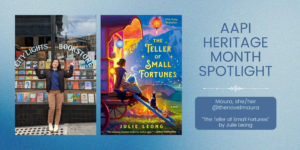
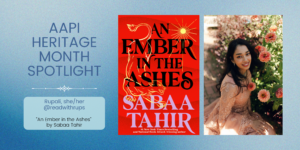
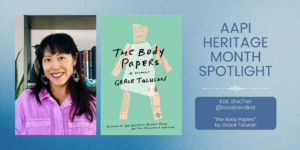
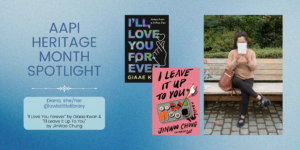
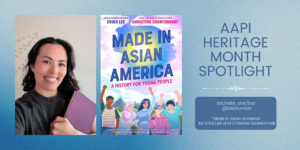
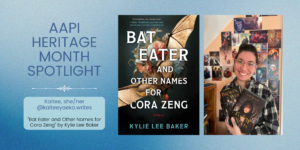
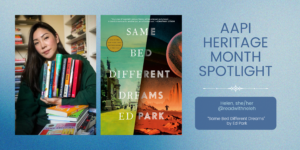

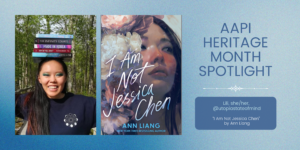
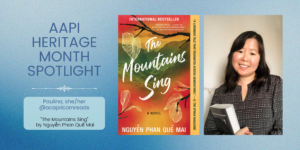
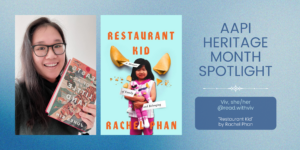
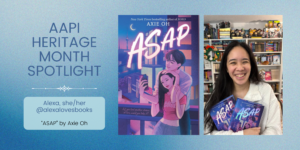

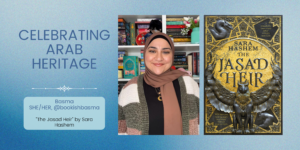
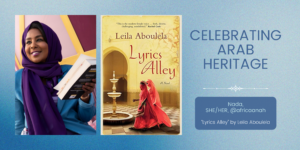
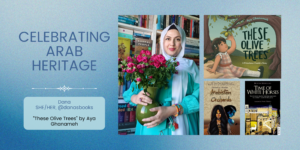
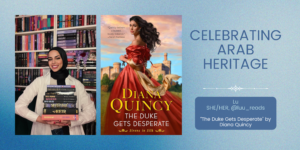
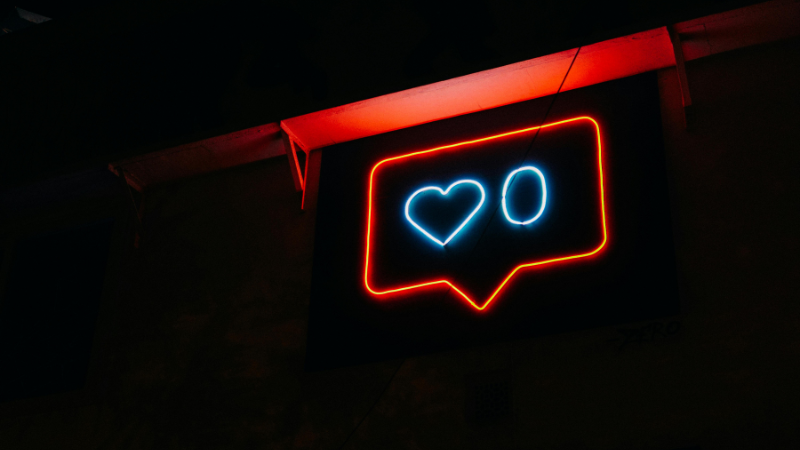

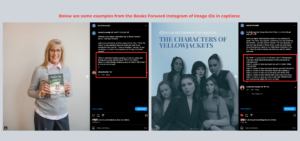
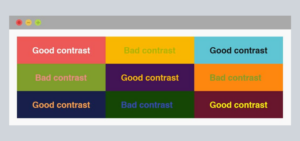
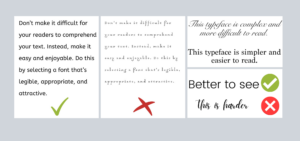
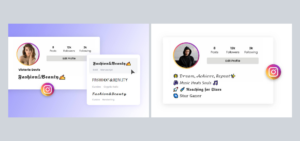

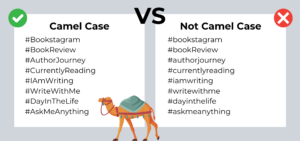

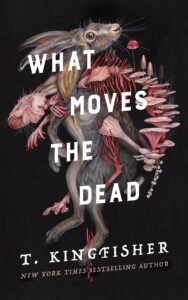 When Alex Easton, a retired soldier, receives word that their childhood friend Madeline Usher is dying, they race to the ancestral home of the Ushers in the remote countryside of Ruritania.
When Alex Easton, a retired soldier, receives word that their childhood friend Madeline Usher is dying, they race to the ancestral home of the Ushers in the remote countryside of Ruritania.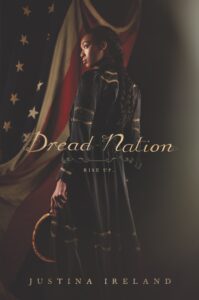 Jane McKeene was born two days before the dead began to walk the battlefields of Gettysburg, Pennsylvania—derailing the War Between the States and changing the nation forever.
Jane McKeene was born two days before the dead began to walk the battlefields of Gettysburg, Pennsylvania—derailing the War Between the States and changing the nation forever.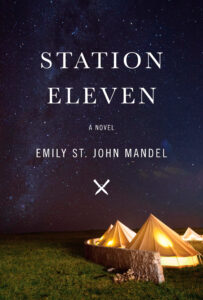 An audacious, darkly glittering novel set in the eerie days following civilization’s collapse, Station Eleven tells the spellbinding story of a nomadic group of actors roaming the scattered outposts of the Great Lakes region, risking everything for art and humanity.
An audacious, darkly glittering novel set in the eerie days following civilization’s collapse, Station Eleven tells the spellbinding story of a nomadic group of actors roaming the scattered outposts of the Great Lakes region, risking everything for art and humanity. 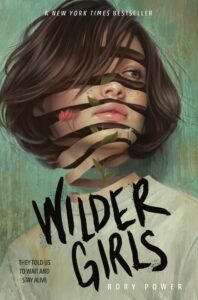 It’s been eighteen months since the Raxter School for Girls was put under quarantine. Since the Tox hit and pulled Hetty’s life out from under her.
It’s been eighteen months since the Raxter School for Girls was put under quarantine. Since the Tox hit and pulled Hetty’s life out from under her.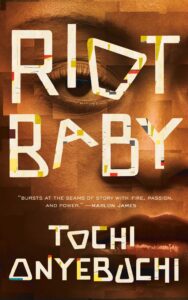 Ella has a Thing. She sees a classmate grow up to become a caring nurse. A neighbor’s son murdered in a drive-by shooting. Things that haven’t happened yet. Kev, born while Los Angeles burned around them, wants to protect his sister from a power that could destroy her. But when Kev is incarcerated, Ella must decide what it means to watch her brother suffer while holding the ability to wreck cities in her hands.
Ella has a Thing. She sees a classmate grow up to become a caring nurse. A neighbor’s son murdered in a drive-by shooting. Things that haven’t happened yet. Kev, born while Los Angeles burned around them, wants to protect his sister from a power that could destroy her. But when Kev is incarcerated, Ella must decide what it means to watch her brother suffer while holding the ability to wreck cities in her hands.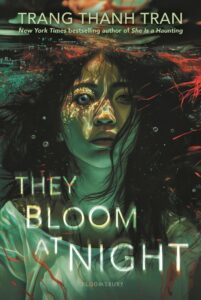 Since the hurricane, the town of Mercy, Louisiana has been overtaken by a strange red algae bloom. Noon and her mother have carved out a life in the wreckage, trawling for the mutated wildlife that lurks in the water and trading it to the corrupt harbormaster. When she’s focused on survival, Noon doesn’t have to cope with what happened to her at the Cove or the monster itching at her skin.
Since the hurricane, the town of Mercy, Louisiana has been overtaken by a strange red algae bloom. Noon and her mother have carved out a life in the wreckage, trawling for the mutated wildlife that lurks in the water and trading it to the corrupt harbormaster. When she’s focused on survival, Noon doesn’t have to cope with what happened to her at the Cove or the monster itching at her skin.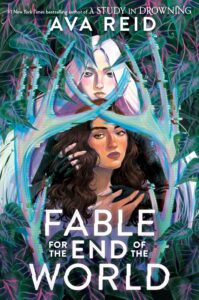 By encouraging massive accumulations of debt from its underclass, a single corporation, Caerus, controls all aspects of society.
By encouraging massive accumulations of debt from its underclass, a single corporation, Caerus, controls all aspects of society.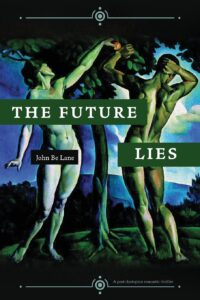 What would you do if you found out one day that the Artificial Intelligence that ran everything was lazy, dishonest, and not quite as bright as it seemed? That there might be a way to outwit the Network, in spite of its oppression, and maybe to find love, and something like a future, in the ruins of a desolate world?
What would you do if you found out one day that the Artificial Intelligence that ran everything was lazy, dishonest, and not quite as bright as it seemed? That there might be a way to outwit the Network, in spite of its oppression, and maybe to find love, and something like a future, in the ruins of a desolate world?  This is the way the world ends. . .for the last time.
This is the way the world ends. . .for the last time.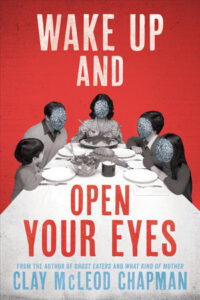 Noah has been losing his polite Southern parents to far-right cable news for years, so when his mother leaves him a voicemail warning him that the “Great Reawakening” is here, he assumes it’s related to one of her many conspiracy theories. But when his phone calls go unanswered, Noah makes the drive from Brooklyn to Richmond, Virginia. There, he discovers his childhood home in shambles and his parents locked in a terrifying trancelike state in front of the TV. Panicked, Noah attempts to snap them out of it.
Noah has been losing his polite Southern parents to far-right cable news for years, so when his mother leaves him a voicemail warning him that the “Great Reawakening” is here, he assumes it’s related to one of her many conspiracy theories. But when his phone calls go unanswered, Noah makes the drive from Brooklyn to Richmond, Virginia. There, he discovers his childhood home in shambles and his parents locked in a terrifying trancelike state in front of the TV. Panicked, Noah attempts to snap them out of it.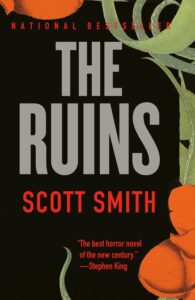 Trapped in the Mexican jungle, a group of friends stumble upon a creeping horror unlike anything they could ever imagine in “the best horror novel of the new century” (Stephen King).
Trapped in the Mexican jungle, a group of friends stumble upon a creeping horror unlike anything they could ever imagine in “the best horror novel of the new century” (Stephen King). 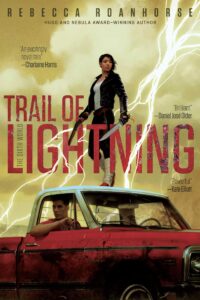 Maggie Hoskie is a Dinétah monster hunter, a supernaturally gifted killer. When a small town needs help finding a missing girl, Maggie is their last best hope. But what Maggie uncovers about the monster is much more terrifying than anything she could imagine.
Maggie Hoskie is a Dinétah monster hunter, a supernaturally gifted killer. When a small town needs help finding a missing girl, Maggie is their last best hope. But what Maggie uncovers about the monster is much more terrifying than anything she could imagine.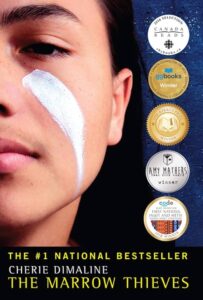 Just when you think you have nothing left to lose, they come for your dreams.
Just when you think you have nothing left to lose, they come for your dreams.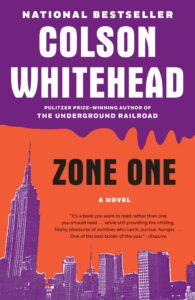 After the worst of the plague is over, armed forces stationed in Chinatown’s Fort Wonton have successfully reclaimed the island south of Canal Street—aka Zone One. Mark Spitz is a member of one of the three-person civilian sweeper units tasked with clearing lower Manhattan of the remaining feral zombies.
After the worst of the plague is over, armed forces stationed in Chinatown’s Fort Wonton have successfully reclaimed the island south of Canal Street—aka Zone One. Mark Spitz is a member of one of the three-person civilian sweeper units tasked with clearing lower Manhattan of the remaining feral zombies. 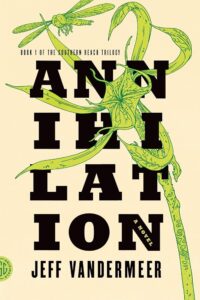 Area X has been cut off from the rest of the world for years. Nature has reclaimed the last vestiges of human civilization. Expeditions into Area X have ended in disaster or death.
Area X has been cut off from the rest of the world for years. Nature has reclaimed the last vestiges of human civilization. Expeditions into Area X have ended in disaster or death.
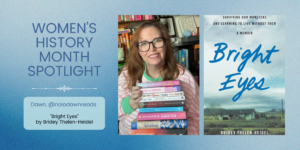







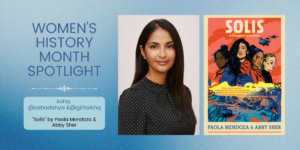


















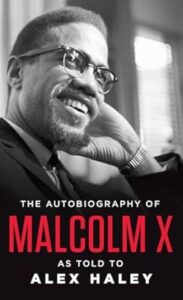
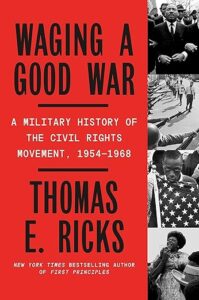
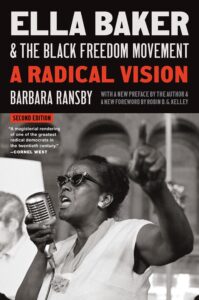 Ella Baker and the Black Freedom Movement: A Radical Democratic Vision
Ella Baker and the Black Freedom Movement: A Radical Democratic Vision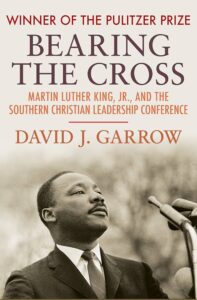 Bearing the Cross: Martin Luther King, Jr., and the Southern Christian Leadership Conference
Bearing the Cross: Martin Luther King, Jr., and the Southern Christian Leadership Conference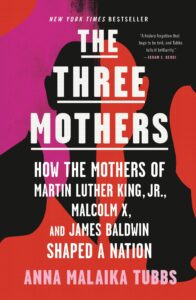 The Three Mothers: How the Mothers of Martin Luther King, Jr., Malcolm X, and James Baldwin Shaped a Nation
The Three Mothers: How the Mothers of Martin Luther King, Jr., Malcolm X, and James Baldwin Shaped a Nation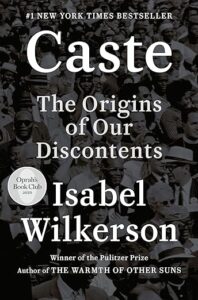
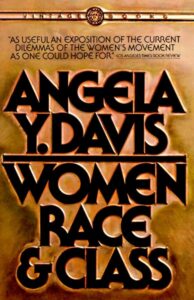 Women, Race, & Class
Women, Race, & Class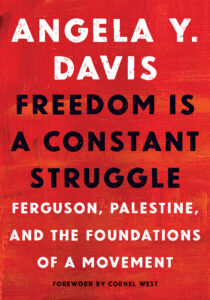 Freedom Is a Constant Struggle: Ferguson, Palestine, and the Foundations of a Movement
Freedom Is a Constant Struggle: Ferguson, Palestine, and the Foundations of a Movement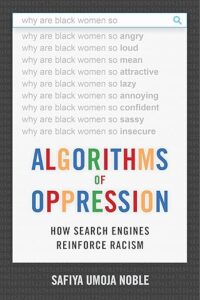
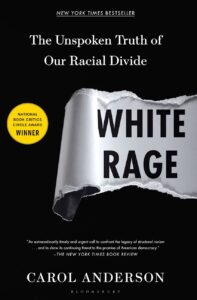 White Rage: The Unspoken Truth of Our Racial Divide
White Rage: The Unspoken Truth of Our Racial Divide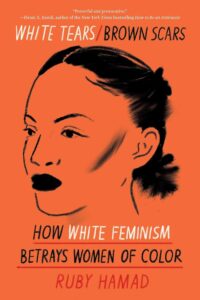 White Tears/Brown Scars: How White Feminism Betrays Women of Color
White Tears/Brown Scars: How White Feminism Betrays Women of Color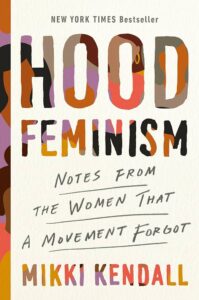 Hood Feminism: Notes from the Women That a Movement Forgot
Hood Feminism: Notes from the Women That a Movement Forgot White Women: Everything You Already Know about Your Own Racism and How to Do Bette
White Women: Everything You Already Know about Your Own Racism and How to Do Bette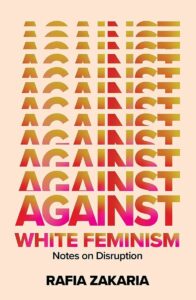
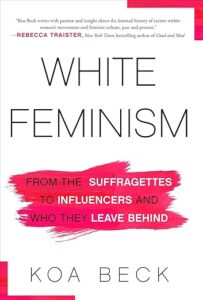
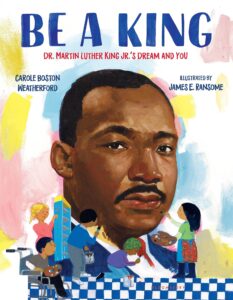
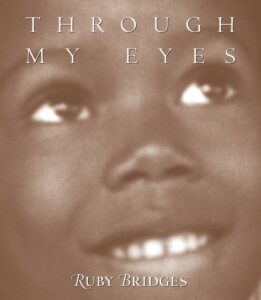 Through My Eyes
Through My Eyes 